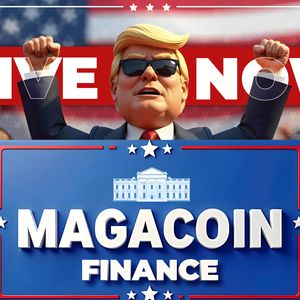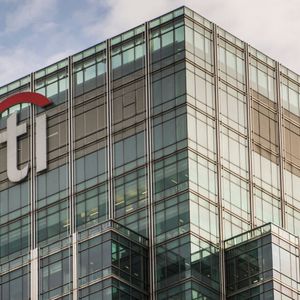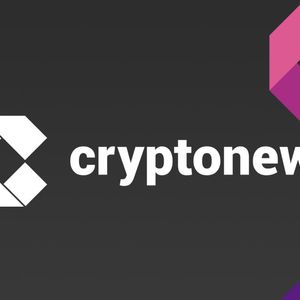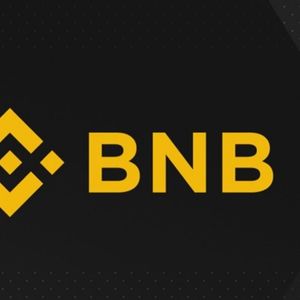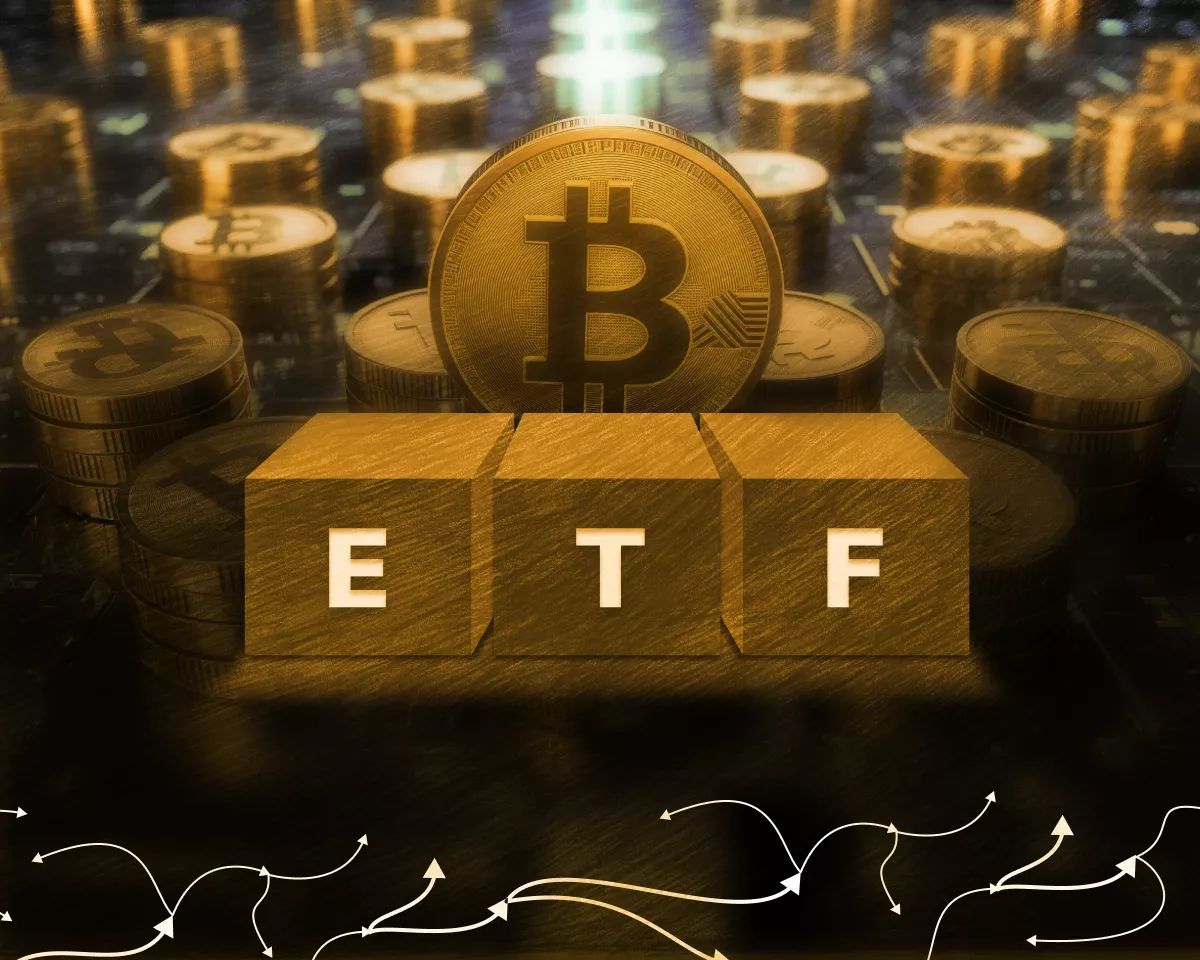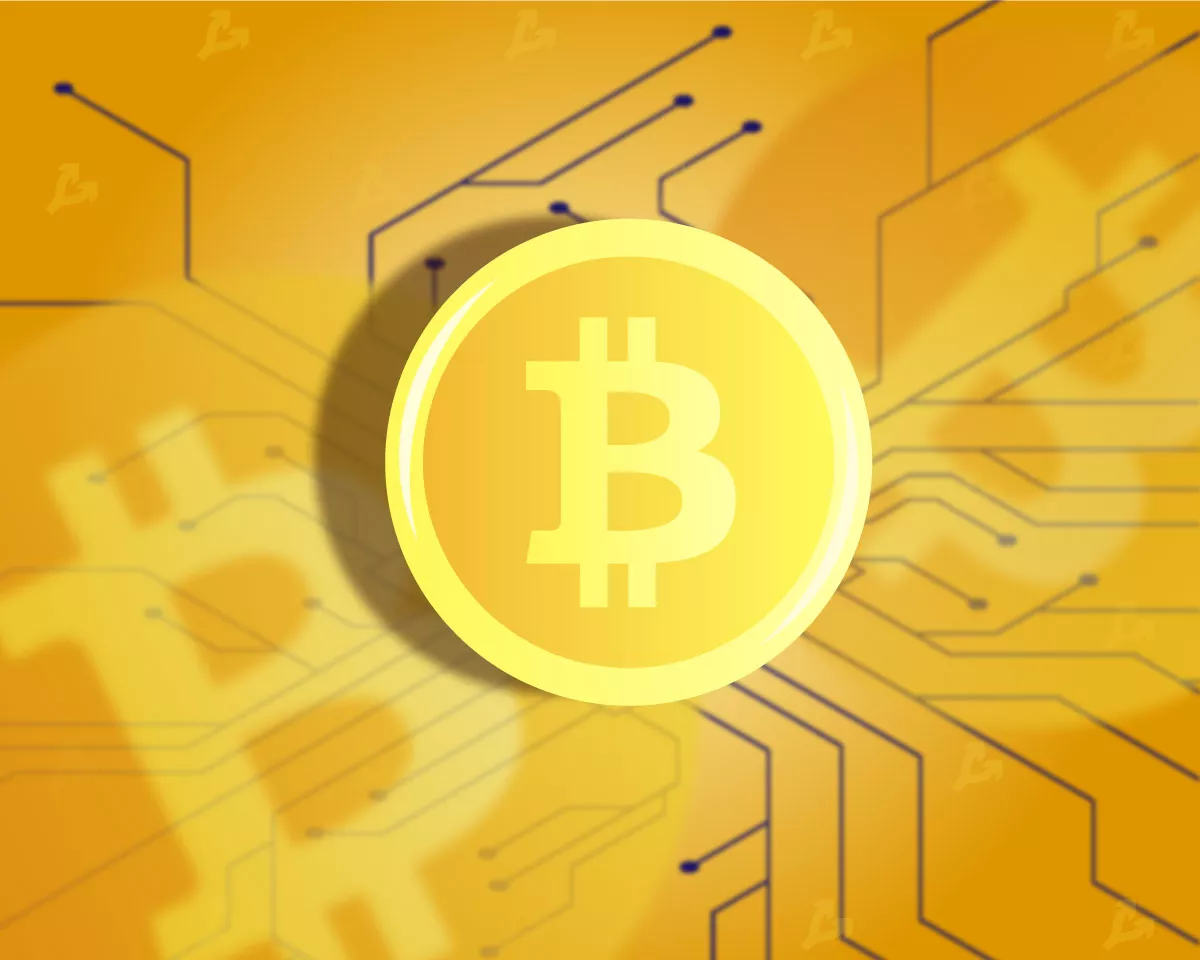For those navigating the dynamic world of finance, including cryptocurrency markets, understanding global monetary policy actions is essential. A recent significant development involves the actions of the HKMA , the Hong Kong Monetary Authority, as it steps in to maintain the stability of the Hong Kong Dollar ‘s link to the US Dollar. This move, a form of currency intervention, has implications for market liquidity and investor confidence. What is the Hong Kong Dollar Peg and Why is it Important? The Hong Kong Dollar operates under a Linked Exchange Rate System, effectively a Currency Peg to the US Dollar. This system maintains the HKD within a narrow band against the USD, specifically between 7.75 and 7.85 HKD per USD. This peg is a cornerstone of Hong Kong’s financial system, designed to provide stability and predictability for trade, investment, and overall economic activity. Why is this peg so important? Hong Kong is a major international financial hub. A stable exchange rate minimizes currency risk for businesses and investors operating in or through the city. It fosters confidence and facilitates smooth cross-border transactions. Any perceived threat to this peg can trigger significant market reactions. Why the HKMA Steps In: Understanding Currency Intervention The HKMA is the central bank of Hong Kong, tasked with maintaining the stability of the currency and the financial system. When the HKD exchange rate approaches either end of the 7.75-7.85 band, the HKMA is obliged to intervene in the market. This intervention involves buying or selling HKD against USD to keep the rate within the defined range. When the HKD strengthens towards the 7.75 limit (meaning fewer HKD are needed to buy one USD), it indicates strong demand for HKD, often due to capital inflows. The HKMA intervenes by selling HKD and buying USD, injecting more HKD into the market to push the rate back towards the middle of the band. Conversely, when the HKD weakens towards the 7.85 limit (meaning more HKD are needed to buy one USD), it signals weaker demand for HKD, often driven by Capital Outflows . In this scenario, the HKMA intervenes by selling its US Dollar reserves and buying HKD from the market. This action reduces the supply of HKD and increases demand, supporting its value and pulling the rate back from the 7.85 limit. The Role of Forex Intervention in Defending the Peg Recent reports indicate the HKMA has been engaging in Forex Intervention by selling US Dollars and buying Hong Kong Dollars. This action confirms that the HKD has been trading near the weak end of its permissible band (around 7.85). The need for this intervention typically arises when factors pressure the HKD downwards. These factors often include: Interest Rate Differentials: When US interest rates rise faster or higher than Hong Kong rates, it makes holding USD assets more attractive than HKD assets. This can encourage investors to move funds out of HKD into USD, leading to outflows. Market Sentiment: Global economic uncertainty or specific concerns about Hong Kong’s economy can lead investors to reduce their exposure to HKD assets. Capital Outflows: The actual movement of funds out of Hong Kong by individuals, businesses, or investors seeking higher returns or perceived safer assets elsewhere. By selling USD reserves, the HKMA effectively tightens liquidity in the HKD money market, which can help support the HKD’s value and align Hong Kong’s interest rates more closely with US rates over time, counteracting the incentive for outflows. Analyzing Capital Outflows and Their Impact The recent need for Forex Intervention by the HKMA is a direct consequence of Capital Outflows from Hong Kong. These outflows are often driven by the widening gap between US Dollar interest rates and Hong Kong Dollar interest rates. As the U.S. Federal Reserve has aggressively hiked rates, the cost of borrowing in USD has increased significantly. While Hong Kong’s rates tend to follow US rates due to the peg, they don’t always move in lockstep instantly. This creates a situation where parking funds in USD yields a higher return than in HKD, incentivizing capital to leave Hong Kong. The impact of these outflows is twofold: firstly, it puts downward pressure on the HKD exchange rate, pushing it towards the 7.85 limit, necessitating intervention. Secondly, the HKMA’s intervention (selling USD and buying HKD) drains liquidity from the local banking system, which in turn helps push local interest rates higher, working to curb further outflows. Understanding these dynamics is key for anyone tracking financial markets, as significant capital movements can influence asset prices and market conditions beyond just the currency market. The Currency Peg in a Changing Global Economy Maintaining a Currency Peg like Hong Kong’s requires significant commitment and resources. The HKMA holds substantial foreign exchange reserves, primarily in US Dollars, which are used for intervention purposes. The system has successfully weathered numerous economic storms since its establishment in 1983. However, the peg is not without its challenges. One primary challenge is the loss of independent monetary policy. Hong Kong’s interest rates are heavily influenced by US rates, regardless of Hong Kong’s specific economic conditions. This can be problematic if the economic cycles of Hong Kong and the US diverge significantly. Despite these challenges, the benefits of stability and predictability provided by the peg are considered paramount for Hong Kong’s role as a global financial center. The HKMA’s ongoing Forex Intervention is a demonstration of its commitment to upholding this foundational element of Hong Kong’s economy. Benefits of the HKD Peg: Stability: Provides a predictable exchange rate environment for trade and investment. Confidence: Enhances investor confidence in Hong Kong’s financial system. Inflation Control: Imports US inflation trends, which can help manage domestic price levels. Challenges of the HKD Peg: Loss of Monetary Policy Independence: Interest rates are dictated largely by US Federal Reserve policy. Vulnerability to Capital Flows: Large capital movements necessitate intervention, impacting domestic liquidity. Requires Large Reserves: Maintaining the peg requires significant foreign exchange reserves. What Does This Mean for You? Actionable Insights For investors, particularly those interested in forex or assets tied to the Hong Kong market, understanding the HKMA ‘s actions is crucial. The intervention signals that the HKD is under pressure from outflows. While the peg is expected to hold, the associated tightening of HKD liquidity can influence short-term interest rates and potentially impact local asset markets. Keeping an eye on US interest rate policy and global risk sentiment provides clues about potential future pressure on the peg and the likelihood of further Forex Intervention . While the peg ensures the exchange rate stays within a narrow band, the underlying economic forces causing the pressure (like Capital Outflows ) are important indicators of broader market trends. Conclusion: Upholding Stability The HKMA ‘s recent actions to sell US Dollars and buy Hong Kong Dollars underscore its unwavering commitment to defending the Currency Peg . This necessary Forex Intervention is a standard operational procedure within the Linked Exchange Rate System, triggered by market forces, primarily Capital Outflows influenced by interest rate differentials. While these interventions highlight underlying pressures, they also demonstrate the robustness of the system and the authority’s capacity to maintain stability. For a global financial center like Hong Kong, the predictability offered by the peg remains a critical asset, and the HKMA’s proactive defense ensures its continued integrity. To learn more about the latest Forex market trends, explore our article on key developments shaping currency liquidity and institutional adoption.






